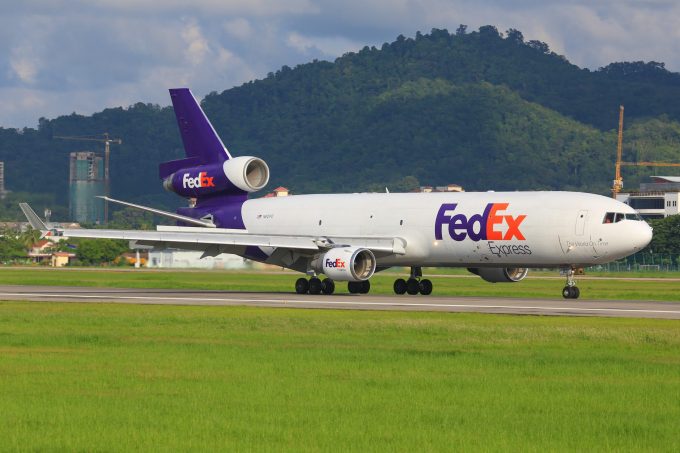Electric trucks alone won't plug hauliers into EU green agenda
Europe’s road freight sector must not ‘put all its eggs in the one electrification basket’ ...

Amid a tailing-off of earnings, FedEx Express has announced plans to retire its remaining MD-11 series cargo aircraft and replace them with new Boeing 767s and 777s.
FedEx identified a need for cost-cutting in its international express segment last month, after a dramatic 77% drop in nine-month operating income, to $119m from $520m for the same period last year.
During an earnings call on Thursday, FedEx CEO Raj Subramaniam said: “We are taking additional steps to address our fixed expense structure. This quarter ...
Maersk u-turn as port congestion increases across Northern Europe
Apple logistics chief Gal Dayan quits to join forwarding group
Maersk Air Cargo sees volumes fall as it aims for 'margin in favour of revenue'
Houthis tell Trump they will end attacks on Red Sea shipping
Transpac rates hold firm as capacity is diverted to Asia-Europe lanes
Airlines slash freighter capacity post-de minimis, but 'the worst is yet to come'
MSC revamps east-west network as alliance strategies on blanking vary
India-Pakistan 'tit-for-tat' cargo ban sparks sudden supply chain shocks

Comment on this article